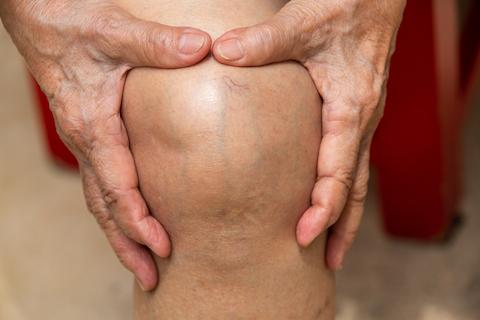
Obesity is a risk factor for many medical conditions, and this is also the case for conditions affecting the knees. Obesity could be linked directly or indirectly to causation or worsening of the below two knee conditions.
1) Knee Dislocation
Knee dislocation occurs when there are multiple torn ligaments in the knee joint.
Public perception is that knee dislocations are generally caused by vehicle accidents or accidents while playing contact sports, and this is true, a lot of knee dislocations are caused by these. However, what people are largely less aware of is the significant rise in knee dislocations in people who are overweight or obese, where a dislocation can be triggered by a relatively minor event.
Data from the US indicates a close correlation between increasing obesity levels there (currently sitting at around 30% of the population) and the knee dislocation rate. One study showed that obese patients with knee dislocation accounted for just 8% of all cases in 2000, but by 2012 represented 19% of all cases*.
At the same time there was an increase in the number of dislocations caused by 'low energy' (sometimes referred to as 'ultra low velocity') impacts. These low energy impacts can be something as simple as, in one example, 'stepping off a ladder while hanging curtains'.
Obese people are more prone to knee dislocations in low energy impacts for one simple reason - biomechanics. With increased body weight, the knee joint including the cartilage, menisci and ligaments, comes under greater stress simply due to the heavier load. In situations where a normal weight person might not sustain serious injury, someone who is obese may trigger a knee dislocation where there is asymmetric loading of the knee in a fall, or when pivoting.
Not only are knee dislocations in obese patients generally more severe, but obese patients who do suffer a knee dislocation may also be at double the risk of suffering vascular injury than normal weight people, despite the 'low energy' event causing the dislocation seeming to be less traumatic than other dislocations. Missing this possibility at diagnosis may result in serious complications, including the potential need for leg amputation at a later stage.
2) Knee Osteoarthritis
Obesity can also exacerbate osteoarthritis in the knee joint, in ways that go beyond the biomechanics of increased wear on cartilage tissue. For example, one particular adipokine (hormones and cell-signalling proteins associated with fat tissue) - Leptin - is generally elevated in obese people, and is associated with both inflammation and cartilage tissue degradation**. Body fat also releases interleukin-1 and tumour necrosis factor alpha, both of which seem to be associated with damage to cartilage tissue.
Increased weight causes more symptoms from existing arthritis. Many patients intentionally losing weight find excellent relief in knee pain, sometimes obviating the need for surgery. Studies suggest 4-5 kgs of reduction in load on each knee for every kilogram of body weight reduction.
On the basis that prevention is better than cure, these are two very good reasons why people who are overweight or obese should aim to reduce weight, if only for the sake of their knees.
*How obesity can make knee injuries much worse
**What is the evidence for a role for diet and nutrition in osteoarthritis?






